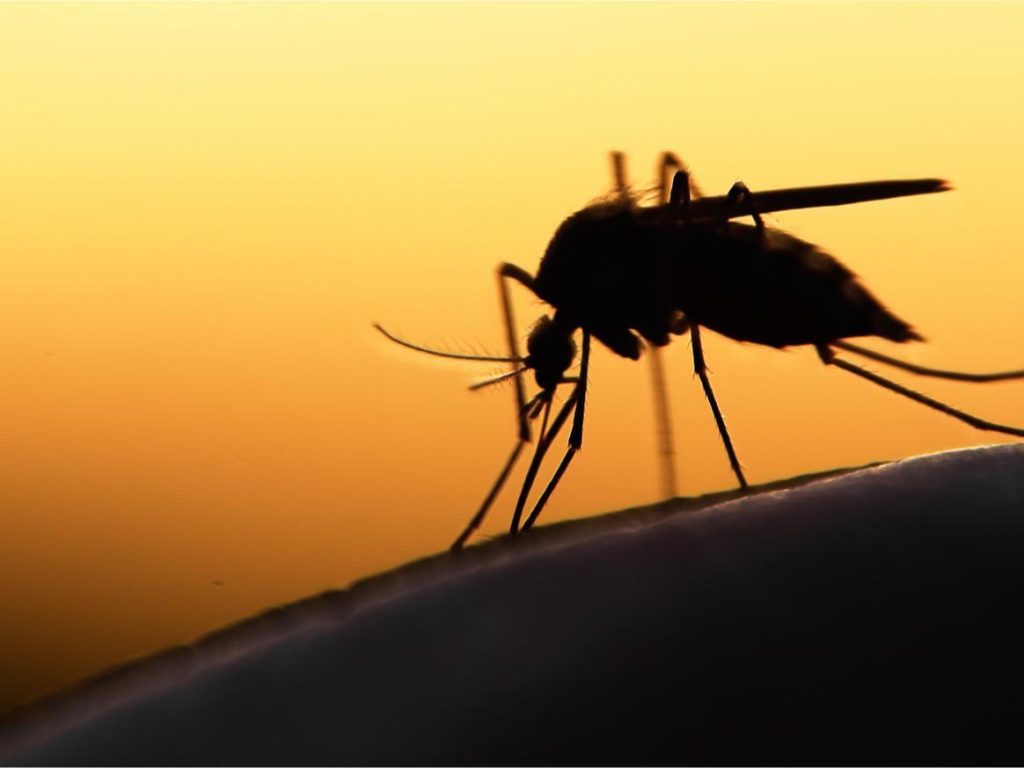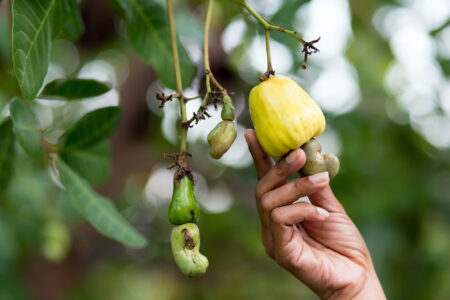Zero Malaria: Through the President’s Malaria Initiative (PMI), Zanzibar plans to end malaria prevalence by 2027 as part of the island’s initiatives to improve welfare and increase tourism.
Healthy safety is a major tourist consideration when tourists consider taking a safari in Africa. Malaria prevalence is one of the major tropical diseases that tourists are conscious about and in many cases, a deterring factor.
Tanzania mainland and the island of Zanzibar are now taking charge to end malaria in the five years. At least two new initiatives have been launched in this effort including, Impact Malaria and Okoa Maisha Dhibiti Malaria (OMDM) along with the newly launched Tanzania Malaria Case Management (TMCM) project.
Working with several development partners, the country has been undertaking this strategic plan to reduce and end malaria prevalence altogether for the last decade. It is hoped that building on the progress made so far, the new initiatives will help the country achieve its zero-malaria goal come 2027.
“We have made tremendous and admirable achievements in the war against malaria, we thank our partners for the support. The 2022-2027 TMCM project will accelerate our struggle to make Zanzibar malaria free area, with great hope to extend to the mainland,” Zanzibar’s Health Minister Nassor Ahmed Mazrui reassured stakeholders at major development partners meeting that was held on the island.
On behalf of stakeholders, Anna Hoffman, Deputy Director of Health at the USAID-Tanzania, said there is considerable progress already made over the years thanks to improved diagnosis and treatment capacity in Zanzibar.
- Through the President’s Malaria Initiative (PMI), Zanzibar plans to end malaria prevalence by 2027
- Malaria prevalence is one of the major tropical diseases that tourists are conscious about
- Tanzania launches new malaria prevalence project called Tanzania Malaria Case Management (TMCM)
Also Read: Africa Needs To Invest In Low Cost Malaria Meds
To combat malaria prevalence, the stakeholders meeting launched the new project, Tanzania Malaria Case Management (TMCM) that is been implemented by the Population Services International (PSI) Tanzania and continues to build on previous activities carried out by PMI Impact Malaria and OMDM.
Hoffman said through the new project dubbed TMCM, “PMI will support malaria case management and malaria in pregnant women through quality improvement initiatives, malaria surveillance, entomological monitoring, and the implementation and monitoring of other drug-based interventions.”
This new project is been funded by the US government through USAID to the tune of US$ 27 million to strengthen health systems and to help the country achieve its overall goal, Zero-malaria. To be efficient, the project must work in collaboration with the masses, civil society and government institutions.
Speaking for the government in Zanzibar, Director of Preventive Services and Health Education in the Health Ministry, Dr Salum Slim, recalled that back in 2005 when the initiative was originally launched, malaria prevalence rate was at 31 per cent, which has now been successfully reduced to 0.1 per cent.
Also Read: President Uhuru Kenyatta’s plan to Eradicate Malaria in Africa
Malaria Prevalence Tanzania
Despite the noble goals and ambitious malaria eradication plans, Tanzania just happens to be in the list of ten countries with the highest malaria cases and deaths in the World,
As of 2020, malaria in Tanzania accounts for at least 3 percent of the global malaria cases and 4.1% of global deaths. Needless to say, there is a lot of work to be done and initiatives like the President’s Malaria Initiative (PMI) thee just launched Tanzania Malaria Case Management (TMCM) project are the key to addressing the problem.
In East and Southern Africa, Tanzania accounts for 12.8% of malaria cases in the said time. There was a slight decrease in reported cases between 2017 and 2020 from 124 to 120 per 1000 of the risk population but that represents only 2.8 percent reduction.
Worse still, during that same time of reduced reported cases, death increased from 0.42 to 0.43 per 1000 of the population at risk, which is a whopping 32 percent jump. To help fight the pandemic, so to speak, Global Fund and PMI provide most (90%) of malaria funding to Tanzania.
Other donors to the country’s healthcare system include African Development Bank, Danish International Development Agency (DANIDA), Japan International Cooperation Agency, UNICEF, United Kingdom’s Foreign, Commonwealth & Development Office (FCDO), the World Health Organization (WHO) and research institute.
Malaria prevalence intervention measures
The newly launched Tanzania Malaria Case Management (TMCM) project complements the country’s five year Malaria National Strategic Plan (MNSP) (2020 – 2025) all of which are meant to help the country achieve zero malaria.
Tanzania Malaria Case Management (TMCM) and the MNSP aim to increase diagnosis capacity. To do this, the projects tackle the problem on two fronts; first the care providers where they work to ensure availability of skilled providers, high-quality testing services and access to case management services for part of the population with limited access to care services or those in remote and hard-to-reach areas.
On the other front is changing public perception. To do this, part of the project funding goes to enable creation and distribution of behavior change communication to ‘encourage patients to seek a confirmatory diagnostic test before treatment, and healthcare providers to adhere to the test results.’
In a report titled Malaria Facts (Tanzania) by Severe Malaria, experts point out that, “Tanzania is also undertaking a reorganisation of the health services to achieve Universal Health Coverage (UHC). This initiative entails reimbursement through a single national health insurance scheme whereby it will be the most prominent mechanism in financing health facilities.”
There are also ongoing efforts to find long term solutions from the cause side of the problem i.e. reducing mosquito prevalence in human living areas by cutting down bushes, removing open containers and litter in general as well as stagnant water.
In this regard, the country if also funded to increase supply of large insecticide-treated mosquito net (ITN) distribution schemes. These programs are very specific and target identified vulnerable groups through social marketing and discount voucher schemes since 2004.
“The current strategic approach to net distribution in the NMSP 2020–2025 is a mix of catch up (mass replacement campaigns) and keep up (through targeted distribution, schools and Reproductive and Child Health clinics) net delivery systems as well as through the commercial sector,” reads the report.
Thanks to these efforts, ownership of ITNs has steadily increased across Tanzania, and it is estimated that at least 92% of households own at least one ITN. The figure is impressive but it must be noted that the percentage has fluctuated over the years and ongoing campaigns aim to increase and maintain use of treated mosquito nets.











